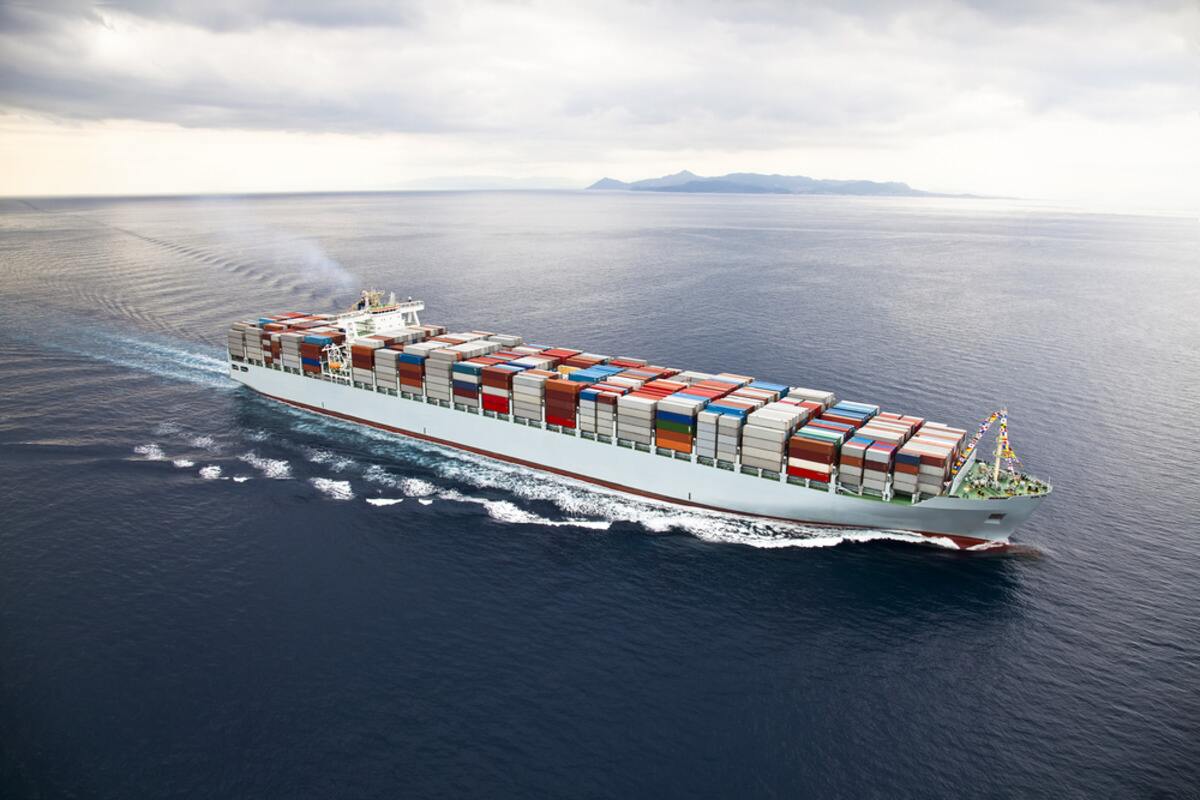
Ocean freight rates record higher levels in Red Sea crisis
MUMBAI : Ocean freight rates are heading to record high levels with global events like the Red Sea crisis; port congestion especially in the Middle East and Asia regions; container repositioning imbalance – with there being higher number of empty containers in Colombo and the Gulf region instead of China; and strong container demand being seen as prime causes.
Freight rates are up. And the Drewry Index is up 2 times y-o-y in year-to-date CY24. For the week-ended June 6, the (Drewry’s) composite index increased 12 per cent to $4,716 per 40 ft container and has increased 181 per cent when compared with the same week last year. As per estimate, the current composite index of $4,716 per 40 ft container is 232 per cent more than average 2019 (pre-pandemic) rates of $1,420
Benchmark freight rates, from Shanghai to Genoa increased 17 per cent or $971 to $6,664 per 40 ft container for the period under review, while rates from Shanghai to Rotterdam increased 14 per cent or $762 to $6,032 per 40 ft equivalent unit. Likewise, Shanghai to Los Angeles rates is up 11 per cent; while Shanghai to New York rates is up 6 per cent.
Drewry expects freight rates ex-China to continue rising next week due to the onset of the early peak season.
According to Indian research firm, Prabhudas Lilladher, June 2024 spot rates have already crossed 3-4x levels ($6000 – 10000/40ft).
Shipping companies such as Maersk (AP Moller) have raised their annual EBITDA guidance for CY24 by 50-75 per cent, or to $7 – 9 billion. In a statement, Maersk said, there was continued strong container market demand, “and the disruption caused by the ongoing crisis in the Red Sea” show signs of “further port congestion,” especially in Asia and the Middle East and additional increase in container freight rates.
“This development is gradually building up and is expected to contribute to a stronger financial performance in the second half of 2024. Based on these developments, Maersk upgrades its full-year 2024 guidance… underlying EBITDA of $7 – 9 billion (previously $4 – 6 billion),” it said earlier this month.
Indian Ports
In India – the 12 major ports – saw its cargo traffic increase by over 2.5 per cent to 139.3 million tonnes (mt) in till May. Four ports – Kolkata & Haldia ports, Ennore, New Mangalore and Mormugao – saw a decline in cargo traffic. Vizag port saw the highest increase in traffic at nearly 14 per cent y-o-y growth.
JNPT will begin expansion at the port around April next year and it will increase capacity from 6.5 million twenty-foot equivalent units (TEUs) to 10 millionTEUs.
Navigating Red Sea crisis
“JNPT has been operating at nearly 100 per cent utilisation (FY24 volume at 6.4 million TEUs). Expected DFC connectivity by FY26 would require much higher port capacity. Thus, the planned port expansion will handle the projected near-to-medium term growth in cargo volumes,” Prabhudas Lilladher said in its report.
Chabahar connectivity could lead to an alternate East-West route and thus help India navigate the Red Sea crisis, the research firm further added.
Over the past three years, private ports in India have significantly outpaced major ports in growth, with APSEZ growing 18 per cent and JSW Infra at 32 per cent. “This highlights their increasing importance in the maritime logistics sector. APSEZ has begun FY25 with a 5 per cent volume growth,” the research firm said.
